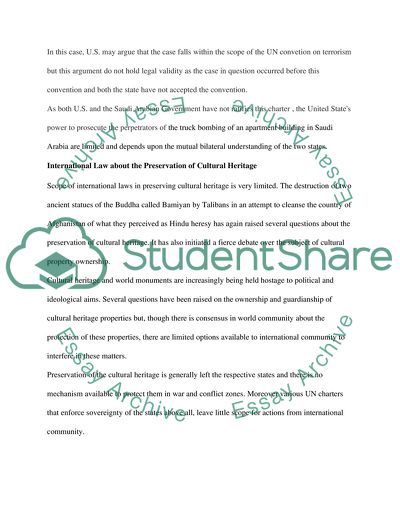Cite this document
(International Law: The Case of Kawakita versus the United States Study - 3, n.d.)
International Law: The Case of Kawakita versus the United States Study - 3. https://studentshare.org/law/1719144-international-law
International Law: The Case of Kawakita versus the United States Study - 3. https://studentshare.org/law/1719144-international-law
(International Law: The Case of Kawakita Versus the United States Study - 3)
International Law: The Case of Kawakita Versus the United States Study - 3. https://studentshare.org/law/1719144-international-law.
International Law: The Case of Kawakita Versus the United States Study - 3. https://studentshare.org/law/1719144-international-law.
“International Law: The Case of Kawakita Versus the United States Study - 3”. https://studentshare.org/law/1719144-international-law.


